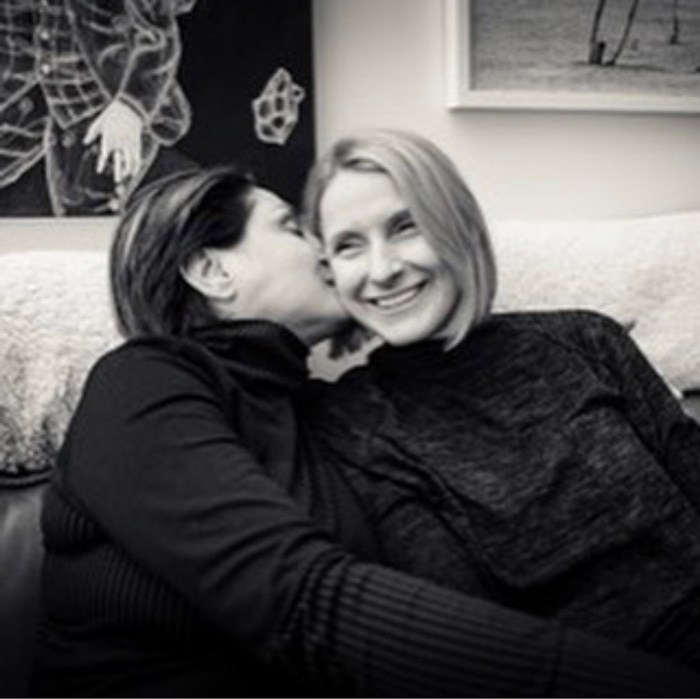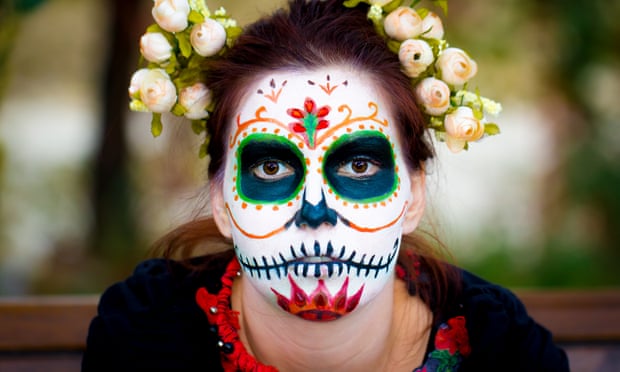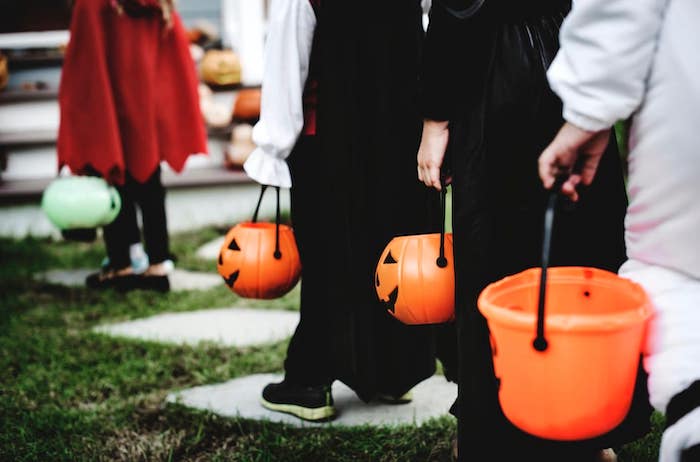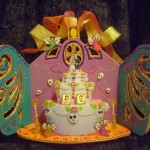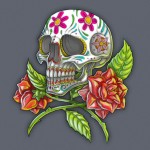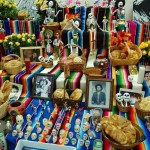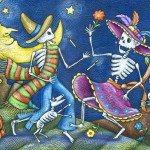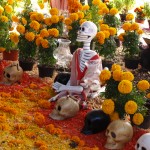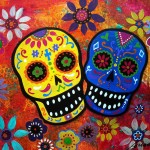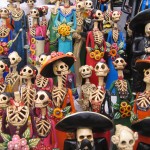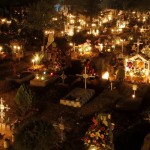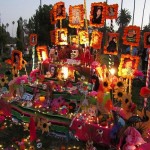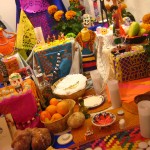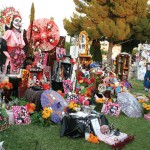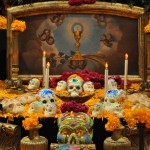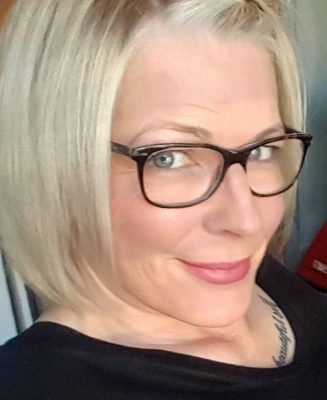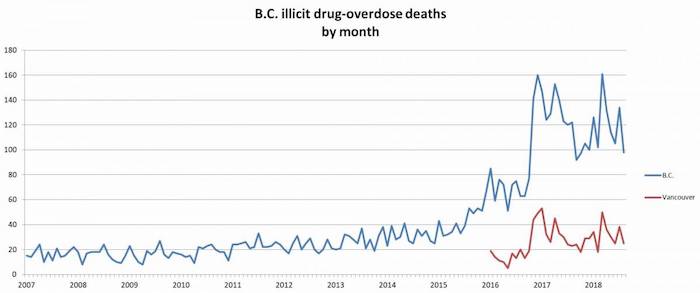We had started down the path of honoring our mother’s wish to have a good death until a hospice nurse figured out that she wasn’t really dying.
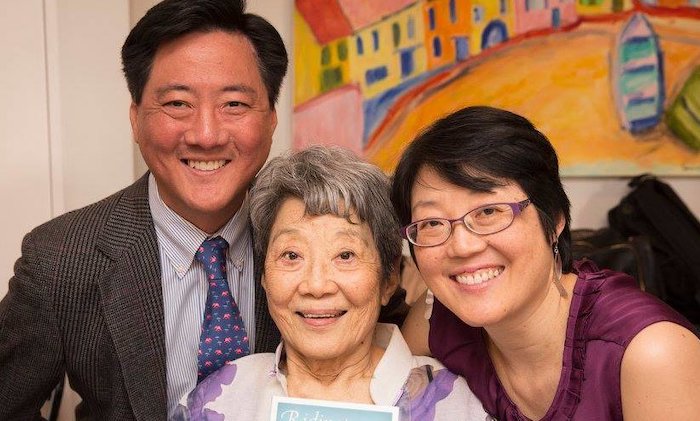
By Monona A. Yin
Three years ago, my family and I had the experience of going through a full “dress rehearsal” for my mother’s demise. At 83, she had become alarmingly weak from stage IV lymphoma and atrial fibrillation, and asked me and my brother to come home to Delaware for her next oncologist visit.
Mom had already undergone chemotherapy and cardioversion, so we knew there were few treatment options left. Still, we were utterly unprepared when the doctor said, “She probably has less than six months,” and recommended that she begin hospice care.
Widowed at just 37 with two small children, Mom has trained herself to face challenges without flinching. She is that rare Chinese elder who isn’t superstitious about mentioning or planning for her own death.
True to form, when we got home from the oncologist’s office, Mom sat us both down at the kitchen table to discuss her end-of-life wishes. She had witnessed two horrible lingering deaths up close — her mother’s and a longtime friend’s. What she feared most was pointless suffering and the loss of control over her own life. She wanted us to understand that, if she had little hope of recovery, she’d rather go quickly than fall apart slowly and painfully.
My brother, at the other extreme, wanted Mom to pursue every medical option, no matter how long the odds. He believed that doctors were fallible, there was always another treatment out there, and life was worth clinging to. And he couldn’t bear the thought of living without her.
Then there was me, torn between them. I had spent hours listening to Mom’s fears and understood them. A decade earlier, my mother-in-law had died with a feeding tube in her side while her oncologist suggested more surgery — after six months of wasting away from metastatic cancer. It would have been infinitely kinder to allow her to die peacefully in her own bed.
We had given my paternal grandmother just such a “good death.” We sat by her bed and told family stories as she slipped into unconsciousness. We turned away from the outside world and drew close to one another. All was quiet and time seemed to stop. Finally, we held her as she took her last breaths, letting her know how much we loved her but also letting her go. I remember that week as a thing of rare beauty. It taught me that dying well can be a balm and a blessing to all involved.
Recognizing the enormous gulf between those two scenarios, I supported Mom’s right to die on her own terms. Like my brother, I desperately wanted more time with my mother. Despite her failing body, Mom’s mind remained sharp. In recent years, our occasional mother-daughter tensions had subsided, leaving a much warmer and less complicated companionship.
After an emotional week of debate, we all agreed to bring Mom to New York for a second — and final — opinion from the world-class doctors at Memorial Sloan Kettering. If they too determined that nothing more could be done, we would accept the inevitable.
At Sloan Kettering, Mom went through the scans without incident but afterward her blood pressure dropped dangerously low and she was admitted as an inpatient.
By the next night, Mom could hardly breathe at all. It was agonizing to watch her gasping for air. She was terrified of suffocating and on the verge of panic. Finally, she pulled me close to say, “Tell them to stop everything.”
I had promised to honor her wishes, so I found a doctor and activated her D.N.R. In a few minutes, my husband, Steve, and our 14-year-old daughter, Maya, arrived and Mom couldn’t hold back her sobs. “I’m so sorry I won’t see you grow up! I’m sorry I won’t see you graduate or get married!”
We had all been coming to terms with Mom’s mortality for months but the shock and pain were still overwhelming.
Then something that seemed miraculous happened. A hospice nurse, Tracy Kahn, arrived and went in to check on Mom. She came back to tell us that she didn’t think Mom was going to die that night, the next night, or maybe for weeks.
Based on years of observing hospice patients, Tracy did not believe Mom was dying of cancer right then.
Instead, without our realizing it, her heart had been severely weakened by the cardioversion, which required high doses of a toxic drug. Almost two liters of fluid had accumulated in the lining of her right lung.
We immediately reversed the D.N.R. but it would be another 10 days before Mom grew strong enough to have the fluid drained. Over the next month, the hospital’s lymphoma, cardiology and pulmonary teams worked together to bring Mom back from the brink. They administered steroids, gave her blood transfusions, stabilized her immune system, optimized her diuretic and treated her infections.
Mom transferred to a rehabilitation center for another month, then came to live with me in Brooklyn. With our newfound sense of “now or never,” Mom and I fulfilled one of her longtime dreams. We edited and self-published her memoirs, which she’d been writing for years, and she’s enjoyed positive reviews from friends and strangers alike.
Today, Mom still wrestles with neuropathy, shortness of breath, and sometimes crushing fatigue — but she is very much alive. Even more amazing, she has been living on her own for the past two years.
We’ve had time to reflect upon our decisions, how we influenced one another, and what we’d do differently. My central insight is that it took all three of us to steer clear of the twin shoals of dying too soon and dying too late. We made better decisions because we listened to one another and weighed all the conflicting information. In hindsight, my mother acknowledges that she wanted to “pull the plug” too soon because she became overwhelmed by fear.
No one thinks clearly in the grip of panic. That’s why it’s so important to start talking long before the end. Not merely about what constitutes a good death but, more important, what makes even a diminished life worth living. As Atul Gawande writes in “Being Mortal,” “Our ultimate goal, after all, is not a good death but a good life to the very end.”
The end-of-life conversation is equally important to both sides — the dying person and the survivors. One of my mother’s greatest comforts is knowing that her children understand her wishes and will honor them. We proved that during the dress rehearsal.
Only recently have Mom and I realized how much it cost me to be her health care proxy, rather than a grieving daughter who wanted to do anything to save her mother. I’m still going to be torn between those two roles “the next time” but simply being aware of that inner conflict helps mitigate it. And Mom’s future decisions will be informed by all the joy she would have missed had she died that night in late 2015.
Complete Article ↪HERE↩!


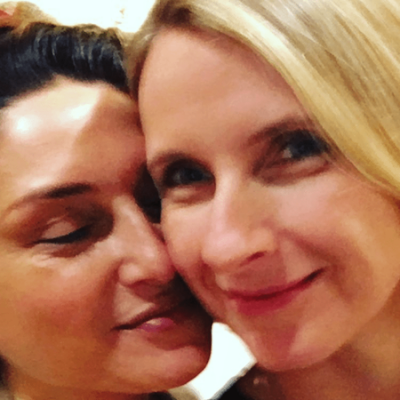 Gilbert reflects on the death of her partner, Rayya Elias — her longtime best friend, whose sudden terminal cancer diagnosis unlatched a trapdoor, as Gilbert put it, into the realization that Rayya was the love of her life:
Gilbert reflects on the death of her partner, Rayya Elias — her longtime best friend, whose sudden terminal cancer diagnosis unlatched a trapdoor, as Gilbert put it, into the realization that Rayya was the love of her life:
